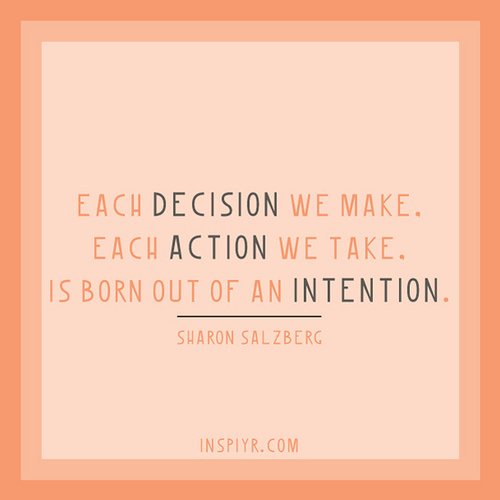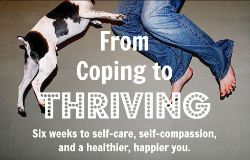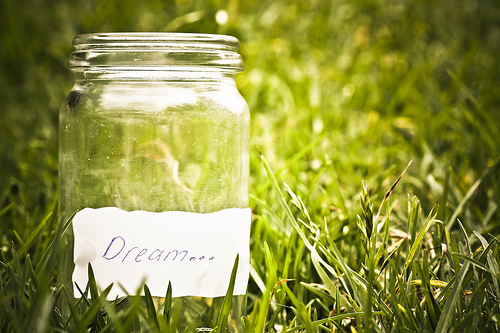3 Self-Kindness Practices that Take 5 Minutes (or Less)
One of the most common objections I hear about self-care is “But I have X kids/a demanding job/other people to take care of/Z health problems/all of the above.”
In other words, “I don’t have time.”
In this post, I’m going to show you that “I don’t have time” is not a reason, it’s an excuse. Sorry if that stings, but kindness involves being upfront (this applies to ourselves too—honesty isn’t on the list below but consider it a bonus fourth act of self-kindness).
I know that when people bust similar excuses of mine, I’m tempted to retreat to a place of “That’s easy for you to say…”
I don’t want you to do this here, because self-care is really, really important. Especially if you have kids. Especially if you have a demanding job. Especially if you have other people to take care of. Especially if you have health problems. You’re in a much better position to deal with all of those things when you make time for yourself.
With that said, here’s a list of three self-kindness practices that take five minutes or less:
Gratitude/Good Things Jar
This is a simple practice you can start at any time. Take a jar (or other suitable receptacle), then do the following:
Every time you feel gratitude or every time something good happens in your life, write it down on a small slip of paper and put it in the jar.
Why?
Making time to acknowledge the things that are going well and the things we feel grateful for is a useful antidote for the fact that we tend to dwell on all the things that are stressing us out. The things you include could range from huge things like telling someone you love them for the first time to small (but significant) things like the way the light hit the trees when you got up this morning.
Once you have a few entries in your jar, revisiting these entries can itself become part of your self-care routine. Instant high in 3…2…1…
Meditation
 Meditations come in all shapes and sizes. As we’re talking about self-kindness practices that take five minutes or less, let’s stick with a simple breathing exercise for the purpose of this post.
Meditations come in all shapes and sizes. As we’re talking about self-kindness practices that take five minutes or less, let’s stick with a simple breathing exercise for the purpose of this post.
All you need to do is to set some sort of timer for five minutes (or less). Setting a timer is helpful because it means you can get on with meditating without worrying about how much time you’ve been sitting there, peeking at the clock, and breaking your stillness.
Then, simply close your eyes and bring your awareness to your breath. And, voila, that’s it!
Your attention will wander and you’ll notice all kinds of stories coming and going through your head. That’s totally fine (and natural). If you notice yourself getting caught up in one or more of these stories, simply bring your awareness back to your breath.
Why?
Meditation has more health and wellbeing benefits than you can shake a stick at. As well as helping you feel more connected to yourself and grounded in the short-term, over the long-term it improves a variety of functions like concentration, resilience, self-awareness, and more. Leo Babauta suggests some great tips for setting up a daily meditation practice, including starting with just 2 minutes.
Intention
 An intention is similar to a goal, except it focuses on how we want to experience something rather than what we want to achieve. It’s a combination of a desire and a plan, so identifying how you want to feel is one part, and figuring out what you can do to create those feelings is another.
An intention is similar to a goal, except it focuses on how we want to experience something rather than what we want to achieve. It’s a combination of a desire and a plan, so identifying how you want to feel is one part, and figuring out what you can do to create those feelings is another.
For a dose of self-kindness in five minutes or less, set an intention for how you want to feel during the day ahead (if you’re doing this in the morning) or the next day (if you’re doing it in the evening) then identify three things you’re going to do that will encourage these feelings.
Try to be as specific about these actions as possible: when are you going to do them? How long will you do them for? Who will you do them with?
Why?
Conventionally, we believe that feeling preceeds action and that we’ll do certain things when we feel a certain way (the “I need to feel motivated in order to do XYZ” myth is a classic example of this). The truth is that we create feelings by taking action. That means if you want to feel a certain way and you’re not, it’s totally within your power to experience that feeling—if you create the right conditions.
If you want to feel a certain way and you're not, it's totally within your power to create it.
Click To Tweet - Powered By CoSchedule
 If you want to be able to find ways to fit self-care around your busy schedule, I invite you to take part in From Coping to Thriving. During this six-week course, you’ll learn how to turn your coping strategies into self-caring behaviours, leaving behind struggle and learning to thrive.
If you want to be able to find ways to fit self-care around your busy schedule, I invite you to take part in From Coping to Thriving. During this six-week course, you’ll learn how to turn your coping strategies into self-caring behaviours, leaving behind struggle and learning to thrive.
Thanks for reading. If you know someone who might be interested in this post, please share it using the buttons below.
Get the free ebook “The 5 Most Common Blocks to Authenticity… and How to Overcome Them” plus weekly updates, product discounts and much more:
Photo Credit: Inspiyr, AlicePopkorn & Nina Matthews Photography
The post 3 Self-Kindness Practices that Take 5 Minutes (or Less) appeared first on Becoming Who You Are.








 Related StoriesAre You Falling for These Self-kindness Myths?How to Be Kind to Yourself in the Face of RejectionFree Webinar: How to Be Kind to Yourself
Related StoriesAre You Falling for These Self-kindness Myths?How to Be Kind to Yourself in the Face of RejectionFree Webinar: How to Be Kind to Yourself




